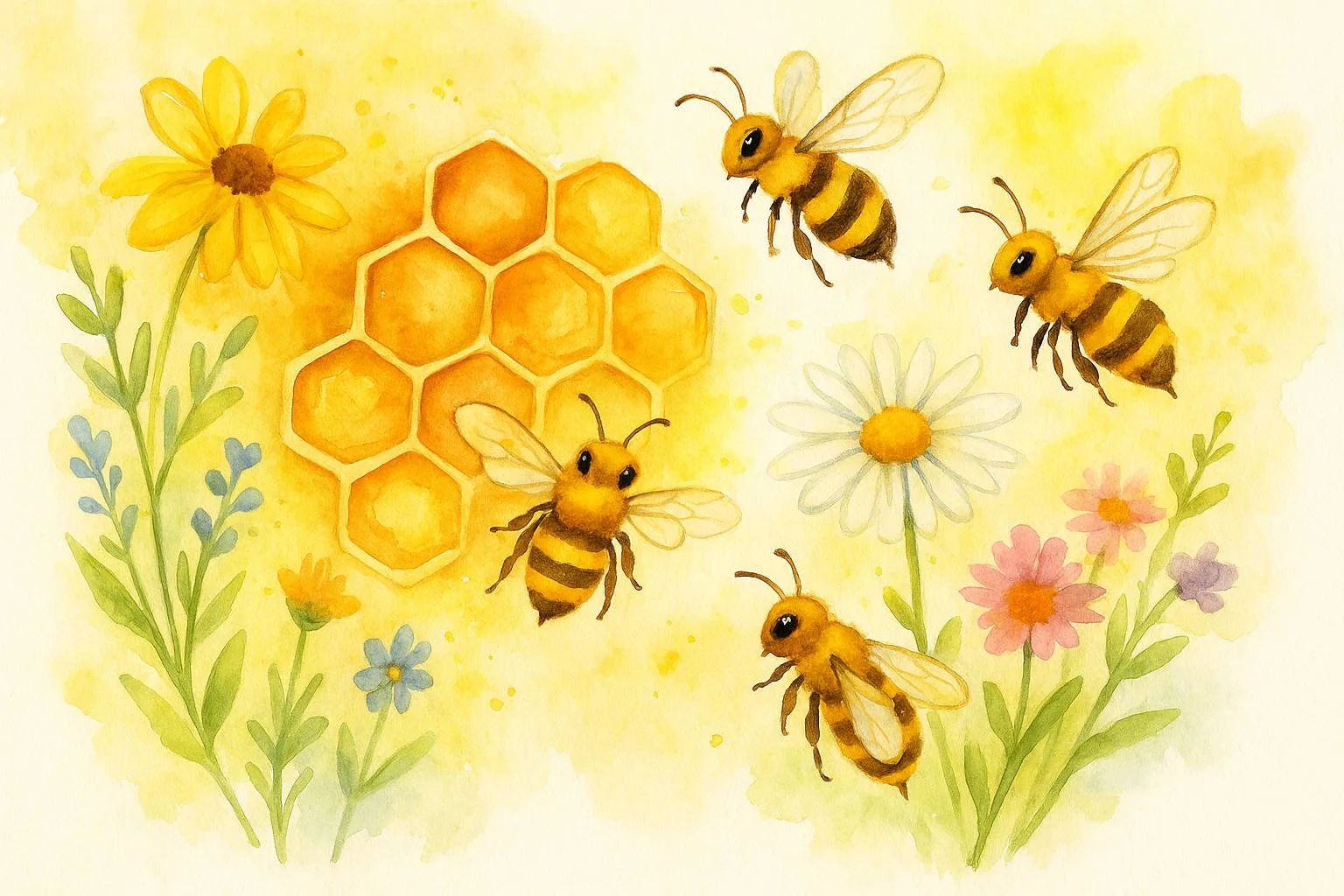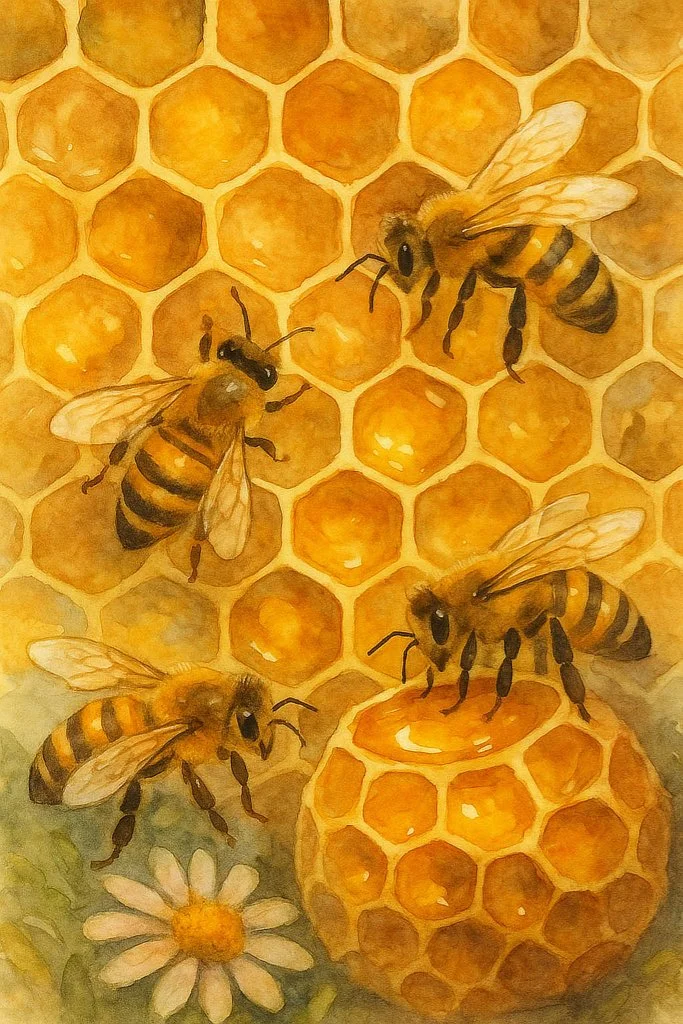National Honey Bee Day!
Celebrate Honey Bee Day: Buzzing Facts & Garden Fun
Why we celebrate
Did you know bees have their very own holiday? National Honey Bee Day began in 2009 when a group of beekeepers asked the U.S. Department of Agriculture to set aside a day to honor bees. The U.S. Secretary of Agriculture said yes on August 11, 2009, so now every third Saturday in August is a day to cheer for bees. As today is the third Saturday of August we only thought it would be fitting to drop a few lines out of Bee respect!
Why bees are heroes
Bees help grow many of the fruits and veggies you eat every day. About one out of every three bites of food comes from plants that bees pollinate, and they help 80% of the world’s flowers bloom. One of our favorite summer fruits, that are often pollinated by honey bees, is the peach! Nothing like a some soft sweet slices of peaches on a hot summer day! These little Kritters work hard for their honey, too: to make just one pound of honey, bees fly around 55,000 miles and visit two million flowers! One little bee makes only about half a teaspoon of honey in its whole life. So savor every ounce of honey you may spread on your toast or perhaps mix in your tea! A tiny little honey bee put a lifetime of work into that!
Fun facts
Food makers: Honey bees are the only insect in the world that make food that humans can eat.
Five eyes & two bellies: Bees have five eyes (two big compound eyes and three tiny ones) and two stomachs – one for eating and one to store nectar to carry back to the hive.
Buzzing wings: A honeybee’s wings beat about 200 times per second (that’s around 12,000 beats per minute!) which makes the familiar buzzing sound.
Busy bees: Bees pollinate everything from apples and plums to peaches and strawberries. Without them, grocery stores would look very different!
Teamwork: Every bee in a hive has a job—some gather nectar, others take care of baby bees, and all work together like a tiny family.
How to celebrate
Plant flowers: Plant bee‑friendly blooms like sunflowers, clover and bee balm. Avoid using pesticides.
Shop local: Buy honey from local beekeepers. It supports bee care and tastes delicious.
Put out water: Fill a shallow dish with pebbles and water so bees have a safe place to drink.
Share bee facts: Tell your friends why bees are amazing and use #HoneyBeeDay to spread the buzz.
Kiley’s Kritters spin
At Kiley’s Kritters we love every Kritter, big or tiny. Honey bees may be small, but they show us that teamwork and kindness keep our world blooming. Next time you enjoy honey on toast or see a flower, remember to thank the busy bees who made it possible. Let’s keep the buzz going all year long!
Sweet honey treats & uses
Honey isn’t just for bees—it’s a treat for us too! Here are some fun ways people use honey:
Sweeten your day: Honey is a thick, sweet liquid made by bees from plant nectar and is often used as a natural sweetener in foods and drinks. Drizzle it on pancakes, stir it into tea or spread it on toast for a golden treat.
Soothing sips: A spoonful of honey at bedtime can help calm coughs in children aged two and up, and warm honey-and-lemon drinks are a favorite for sore throats.
Forever food: Honey has natural preservatives that keep bacteria from growing, so it can last a very long time. In fact, jars of honey found in ancient Egyptian tombs were still edible thousands of years later.
Helping hands: When applied to minor cuts or burns, honey may help keep the area clean because some chemicals in honey can fight certain germs.
Safety first: Don’t feed honey to babies under one year old. Infants can’t process honey yet, and it could make them sick.



